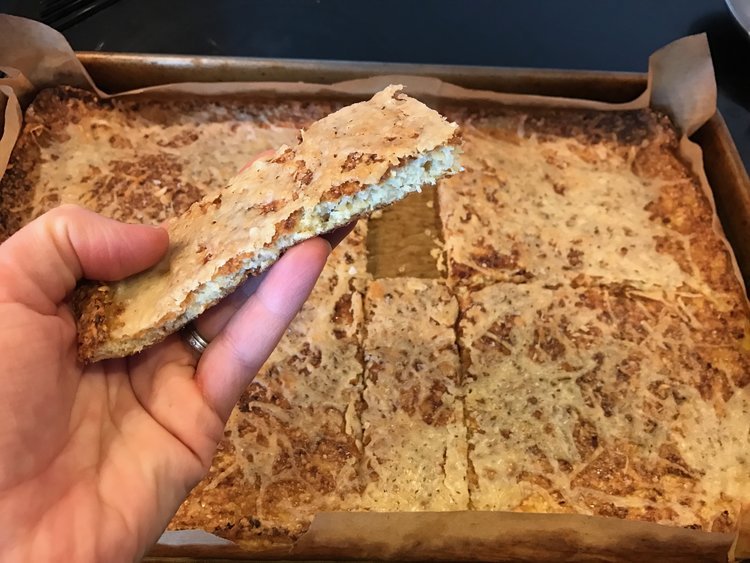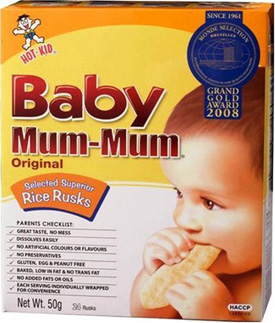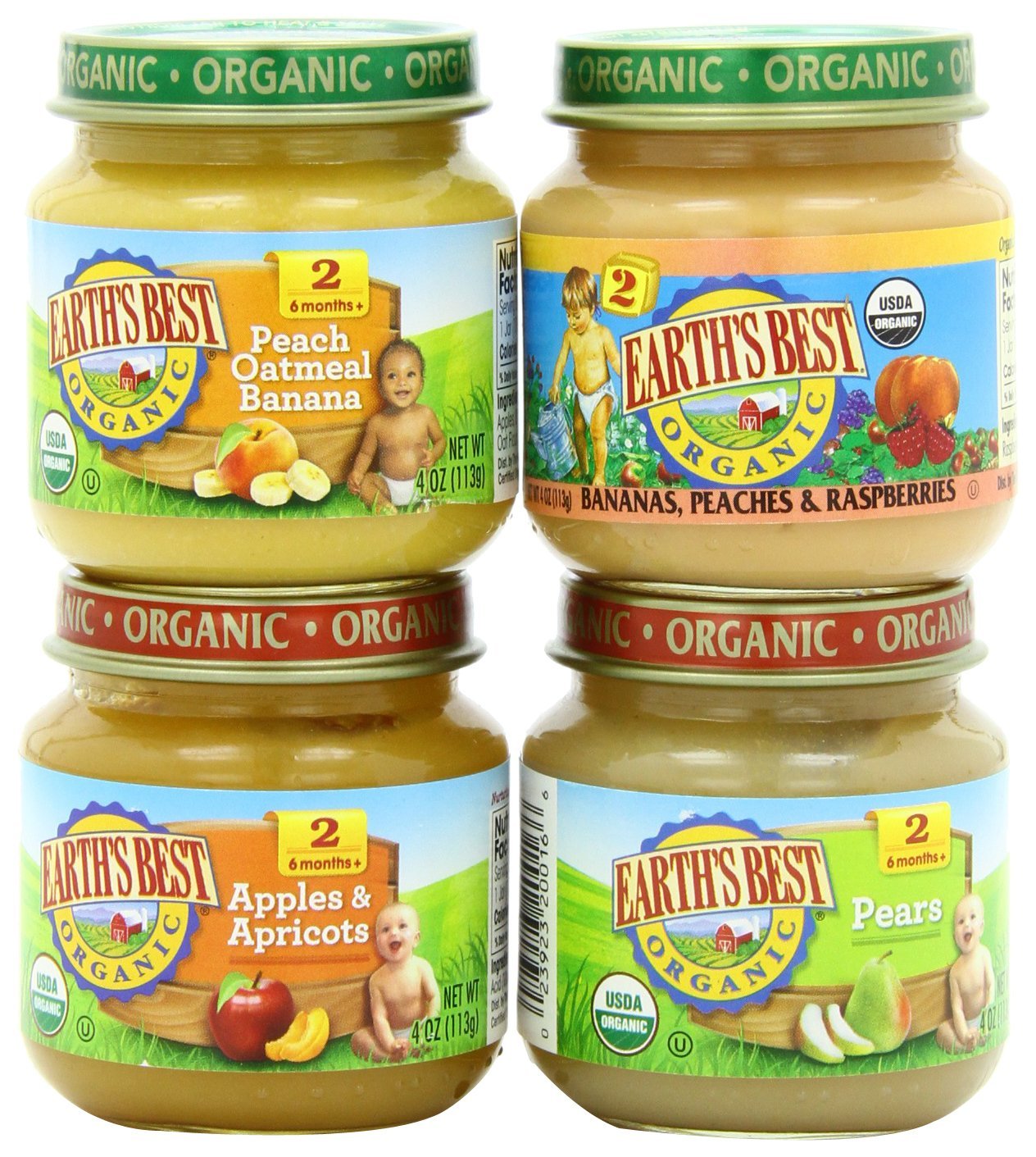If the new year has you thinking about what to do better and differently this year - eating more plant-based foods can be a health fulfilling goal to set.
Plant-based foods including fruits, vegetables, beans, whole grains, nuts, seeds, etc. are nutrient-rich and deliver important vitamins, minerals and fiber. Plus eating plant-based doesn’t have to mean giving up meat or animal proteins all together!
Here are some of the most viewed plant-based recipes from my website to give you some inspiration to add-in more plant-based foods to your routine.
Wishing you a happy and healthy year ahead!
Mango Salad with Creamy Vinaigrette Dressing
This colorful salad goes well with many dinners and it is full of fresh flavor and gets it’s crunch from omega-3 rich walnuts! Plus it includes my favorite fruit - mango.
Click here for the recipe.
Sweet Potato Black Bean Burgers
These savory burgers are so filling and delicious! Plus they freeze great which makes them perfect for a quick meal on busy days.
Click here to view the recipe.
Korean BBQ Cauliflower
This dish is so delicious as an appetizer and is full of flavor - inspired from a favorite restaurant in Ottawa.
Click here for the recipe.
Cheesey Veggie Sticks
These cauliflower-based veggie sticks are “veggie-like” and such a delicious addition to a meal!
Click here to view the recipe.
Mixed Berry Chia Parfait
A parfait makes a great breakfast, mini-meal, or snack! You can make the parfaits ahead, plus there are endless combinations when you switch up the fruit and added flavors to your preference.
Click here for the recipe.
Taco Stuffed Peppers
These taco stuffed peppers are a perfect one-dish dinner! Each pepper delivers 15 grams of protein. It would even tasted great paired with a salad as a side dish.
Click here for the recipe.











